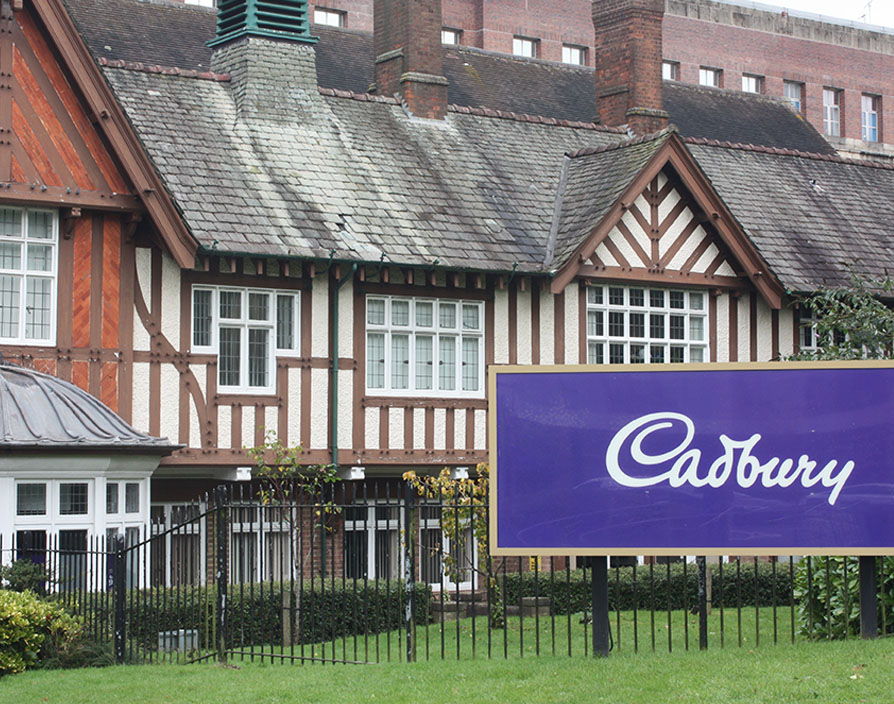Cadbury began as a humble grocery shop selling cocoa and drinking chocolate, however by late 1870s the business was beginning to outgrow their inner city factory with the workforce rising to 200.
Rather than establish a factory in the recognised industrial quarter of Birmingham, it was the company’s belief that ‘if the country is a good place to live in and play in why not work in it’. Other analogous factory owners believed this to be unwise given the practical difficulties of providing transportation for workers and goods. As well as future proofing further expansion, the company wanted their employees to have the pleasure of working in the country amid green fields and clean air instead of toiling in the smoky city centre of Birmingham which was well known but not readily admitted to being a danger to workers health.
Better working lives
As the company prospered new work practises were implemented and additional facilities were provided for the workforce with younger employees encouraged to attend night classes, women’s and men’s swimming pools were built. Work outings to the country and summer camps arranged, unheard of in Victorian times, with the factory site hosting heated dressing rooms, kitchens for heating up food, separate gardens for women and men, plus extensive sports fields.
By then of the 19th Century the Bournville factory site had trebled in size, with more than 2,600 employees, which resulted in an era of scientific management such as analytical laboratories, advertising and cost offices, a sales department, a works committee, a medical department and education and training facilities for employees. Everything needed for the business was produced on site which effectively produced ‘factories within a factory’.
The Bournville Pension Fund was established as well as sick pay of up to 90% and Workers’ Funds available for prolonged illness. A Dependant’s Provident Fund paid a lump sum to the next of kin if a male worker died under the age of 65.
Cadburys also wanted to influence the workplace outside of Bourneville and in 1913 the Welfare Workers’ Association (WWA) with 34 members was established including managers from Rowntree, Boots, Cadbury and Chivers. This institution eventually became the Chartered Institute of Personnel and Development (CIPD) who as a professional body champion better work and working lives.
Cadburys operated an ‘associated control’ mechanism which extended from the boardroom to the shop floor, with Directors reaching decisions by consensus rather than majority rule. The firm had two grades of managerial staff, ‘Staff A’ and ‘Staff B’ with separate lines of command for men and women in order to increase women’s opportunities for advancement, an extremely novel idea for the time and a precursor to positive discrimination / action.
The company was also divided into specialised departments such as production, sales, buying, and costs, each of which was chaired by a director, who ran it in conjunction with management / work committees composed of staff and foremen from sales, chemistry, and engineering. These committees were responsible for factory conditions, quality control, welfare work as well as investigating customer complaints. Although the committee system was deemed to be slow and cumbersome it did flourish in easing friction, facilitating commitment, and creating consensus.
Organisational culture and performance
During this period Cadburys became a laboratory for industrial experimentation with their belief in greater security and a proper living wage for its workers, combined with job security, resulted in protecting those workers who were sick, getting older and less mobile. This living wage, as we now call it, represented the minimal amount necessary for ‘physical efficiency’ rather than mere survival, and equal pay for equal work.
Employee benefits at Cadburys would lead to, some say cynically, improved efficiency which in turn could finance more welfare schemes and unlike early 19th century industrialists the Cadburys’ social aims were in the mainstream of their business. Treating people well was good management and ethical, with the company recognising that humanitarian sentiments could no more substitute for business efficiency than charitable donations could compensate for industrial exploitation.
Their absolute principle was in the belief that business efficiency and the welfare of the employees are but different sides of the same problem, which after sixty years of modern Human Resource Management is not only universally accepted but also a key strategy in any business. The history of Cadburys contradicts the common assumption that, in business, virtue is its own punishment as it was run as a business, not a charity. Goodwill went synonymously with relentless efficiency with welfare playing a vital part in their operations. The company succeeded because of the belief that ‘it is the human factor which is of more importance than anything else in industry’ a lesson that organisation have and can still adopt 200 years after Cadburys started the worker welfare revolution.
Share via:








































